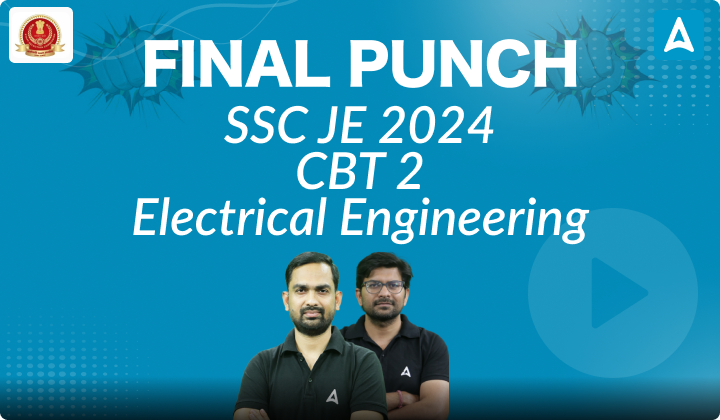Quiz: Mechanical Engineering
Exam: UPPSC AE/Lecturer
Topic: Manufacturing
Each question carries 3 marks
Negative marking: 1 mark
Time: 8 Minutes
Q1. The critical pressure at which latent heat of vaporization is zero is
(a) 225.65 kgf/cm²
(b) 273 kfg/cm²
(c) 100 kgf/cm²
(d) 1 kfg/cm²
Q2. The latent heat of steam at pressures greater than atmospheric in comparison to latent heat at atmospheric pressure is
(a) less
(b) more
(c) equal
(d) may be less or more depending on temperature
Q3. The saturation temperature of steam with increase in pressure increase
(a) linearly
(b) rapidly first and then slowly
(c) slowly first and then rapidly
(d) inversely
Q4. A straight teeth slab milling cutter of 100 mm diameter and 10 teeth rotating at 200 rpm is used to remove a layer of 3 mm thickness from a steel bar. If the table feed is 400 mm/minute, the feed per tooth in this operation will be
(a) 0.2 mm
(b) 0.4 mm
(c) 0.5 mm
(d) 0.6 mm
Q5. In turning operation, the feed could be doubled to increase the metal removal rate. To keep the same level of surface finish, the nose radius of the tool should be
(a) Halved
(b) kept unchanged
(c) Doubled
(d) Made four times
Q6. The headstock of a lathe has 9 speeds with minimum speed of 100 r.p.m. and maximum speed of 1600 r.p.m. If the speeds are in geometric progression, then the ratio is
(a) 1.06
(b) 1.22
(c) 1.41
(d) 1.64
Solutions
S1. Ans (a)
Sol.
S2. Ans (a)
Sol.
S3. Ans (b)
Sol. At atmospheric pressure the saturation temperature is 100°C. However, if the pressure is increased, this will allow the addition of more heat and an increase in temperature without a change of phase. Therefore, increasing the pressure effectively increases both the enthalpy of water, and the saturation temperature.
S4. Ans.(a)
Sol.
f=f_T×Z×N where f = table feed;
f_T=feed/tooth ;Z=Number of teeth
N = RPM
∴ 400 =F_T×10×200
⇒f_T=400/2000=0.2 mm
S5. Ans.(d)
Sol.
H_max ∝[Feedrate(f)]^2
∝1/(noseradius (r))
(H_max )_1=k×(f_1^2)/r_1
(H_max )_2=k×(2f_1 )^2/r_2
∴(H_max )_1=(H_max )_2
r_2=4r_1
S6. Ans.(c)
Sol.
N_max=N_min (r)^(n-1)
1600=100 (r)^8
r=16^(1/8)=1.414

 RRB JE Recruitment 2024 Notification Out...
RRB JE Recruitment 2024 Notification Out...
 Candidates Above 30 Years Can Also Apply...
Candidates Above 30 Years Can Also Apply...
 TNPSC AE Recruitment 2024, Apply Online ...
TNPSC AE Recruitment 2024, Apply Online ...













